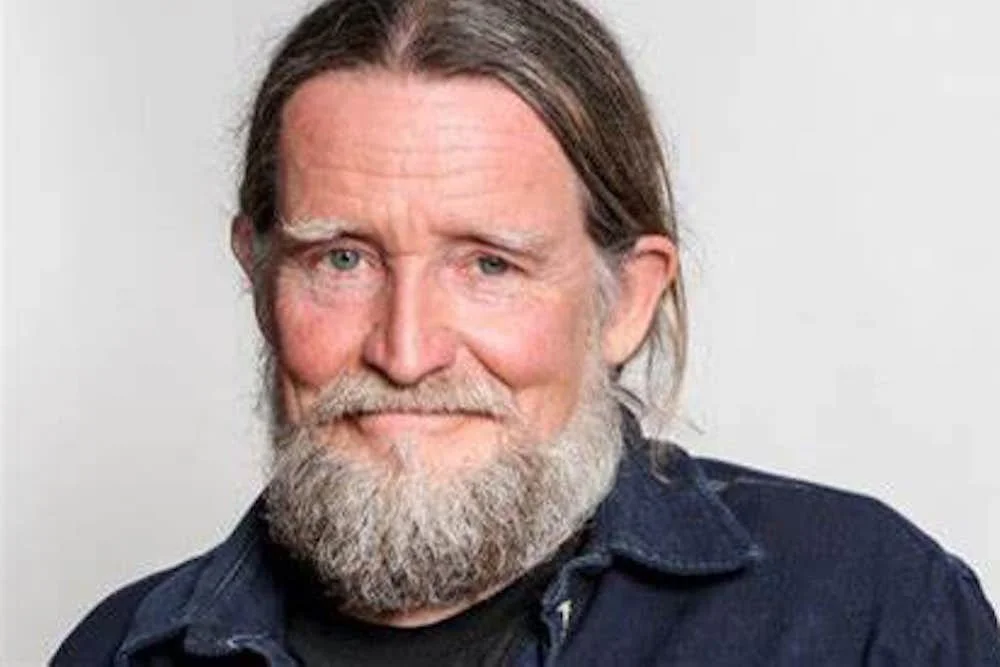Choosing Gratitude
Earlier this week, Greg was on the phone speaking to a Chase bank representative to resolve an issue he was having with a new account. To understand the issue, the representative, of course, asked questions about the account and what he had experienced. After several of Greg’s answers, the representative responded with: “amazing,” “that’s wonderful,” “outstanding” and other superlatives—as if each thing Greg said he had done was something to celebrate. The representative’s responses kept us smiling throughout the entire conversation. His responses were so unexpected and felt so affirming that we wondered whether Chase reps had been re-trained to create this sense of value and importance.
That five-minute conversation brought back other instances that resonated just as profoundly. One was sessions with my leadership coaching cohort going through an exercise: making a statement in celebration of a quality or strength of a colleague. By the end of the session, the groups were emotionally charged with powerful connections fueled by genuine acknowledgement and regard for one another. The second instance was an experience at the Intercontinental Bali that Greg and I experienced earlier this year, where every engagement with a staff person was notable for extended eye contact, concern about our current level of enjoyment, and heartfelt expression of thankfulness that we were there.
The common thread in these encounters was authentic expressions of gratitude that imbued the receiver with feelings of value and worth.
Stephen Jenkinson
Distinction Between Thankfulness and Gratitude
So when on a recent podcast I heard author Stephen Jenkinson make a distinction between being thankful and being in gratitude, I could appreciate the nuance. As we’ve been taught from childhood, Jenkinson explained, expressing thankfulness is typically done when something good has been done to or for us. As such, being thankful is tied to what he calls an “upside” experience. Being thankful becomes a reflex—a reaction to those positive situations—which leaves us waiting for the next upside. Jenkinson asks: What happens when life reveals time and again that there is no apparent upside? He contends that our thankfulness withers as it waits for more upside.
Jenkinson’s distinction begins by understanding that oftentimes, life is working towards things that don’t benefit us in any way. In those instances, what happens to our capacity to be thankful? Jenkinson maintains that our capacity for gratitude is elevated when we recognize, first, everything that benefits something or someone else. Jenkinson calls this “a grown-up way of thanks, minus the payday.” So even in our uncertainty, doubt, or regret about life circumstances, we can find acceptance through our capacity for gratitude.
Studies have indicated that the workplace is bereft of gratitude expression. A 2017 Harvard Business Review Survey showed that thirty-seven percent of managers say that they don’t provide any positive reinforcement, while another study revealed that as much as sixty percent of employees say that they never express gratitude at work. Given that workplace appreciation has been shown to increase productivity and build trust and that being recognized and valued for their work is high on the list of what keeps employees engaged and happy, it begs the question: what’s standing in the way?
How can leaders create a culture of gratitude? We can:
Choose to connect with humility by losing ego or arrogance in our interactions
Exhibit deep respect for the rich qualities and abilities that others have
Make generosity of praise an intentional, consistent practice that nurtures those around us
Always make your gratitude greater than your success.
—John Maxwell
Many of us will give thanks around the table with loved ones and friends as we celebrate Thanksgiving this coming week. Our challenge is to consider how to extend and deepen our gratitude to include those we encounter daily and to create a broader pathway for greater empathy, compassion, and connection.
On Monday, be on the lookout for part two of Greg’s “Deracialization Now” essay.

